Stories
-
Continue Reading »
A Limited Slip Differential (L.S.D) can play a huge factor in the performance and driving characteristics of your vehicle, but why?
Typically the majority of road cars come with an open differential which is designed to allow the outside wheel to turn faster than the inside wheel during cornering which is usually fine during day to day driving, however the main disadvantage to this effect is during hard cornering or driving on a surface with low traction (i.e drifting, launches, wet/dry roads) is that the differential will direct power to the wheel with the least amount of traction. This means the wheel with lowest traction will start to spin and the opposite wheel with higher traction receives almost no power. All of this simply put means you aren’t going anywhere fast or sideways which can severely limit the potential of your vehicle, especially if you have high horsepower or intending to use your car for drifting.
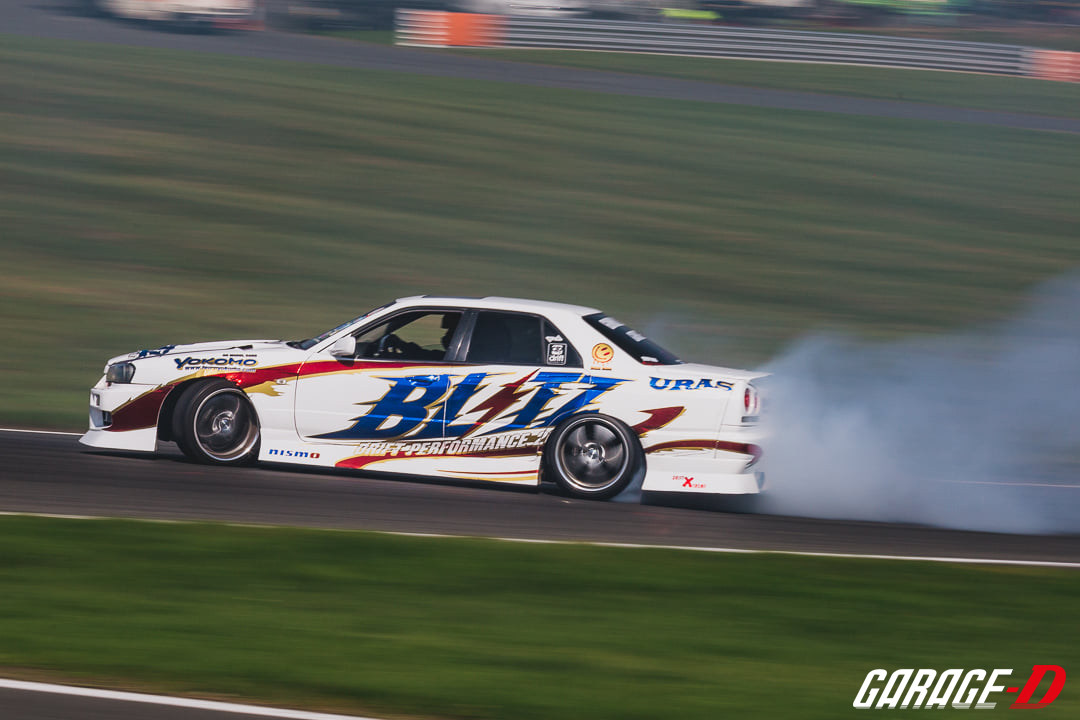
So what’s the next step to avoid all this disappointment? Upgrading to an L.S.D!
A Limited Slip Differential works by (as the name implies) limiting the difference between the inside and outside wheels rotational speeds, meaning the driven wheels will be receiving the same amount of power during hard driving. This results in more traction enabling you to put down more power when exiting corners which is very useful on the track. The biggest benefit for drifting is that when traction IS broken it means both wheels will be able spin at a more equal rate allowing for more control and consistency when the car is sideways or transitioning from corner to corner.
There are a few options of L.S.D available but it’s important to understand the advantages and disadvantages of each type before choosing. There’s a whole new generation of modified Japanese car owners out there who are starting to learn the ins and outs of modifying and while the internet is a vast resource of information it’s easy to be overwhelmed by complicated technical jargon or opinions that can set you down a confusing path. As with any modification we find it’s important to find the right balance between car and driver and to know what will suit your car and driving style otherwise you may find yourself spending time and money on something that doesn’t give you the results you hoped for. Below is a list of the main types of L.S.D and differentials you’ll find available and how they function so you can better understand what type would suit your needs.

Torsen
Torsen (also known as torque-sensing) differentials act as an open differential as long as the torque being sent to each rear wheel remains the same, when one tyre loses traction the Torsen will direct the excess power to the opposite wheel which has more traction by using gears inside the differential. These differentials allow for much better traction over an open differential whilst remaining quiet and easy to live with on a daily basis as well as requiring less maintenance. Commonly found in Toyota models we specialize in such as the JZX100 Chaser and make for a good upgrade over an open.
We do not recommend these for drifting however as they are constantly transferring power between wheels and do not ‘lock’ as such. Also if a wheel lifts during hard cornering the Torsen will act as an open diff allowing for one wheel to spin- less than ideal!
These can however be suitable for track cars and we often supply and fit the Quaife ATB to the front of R32/33/34 GTR’s.
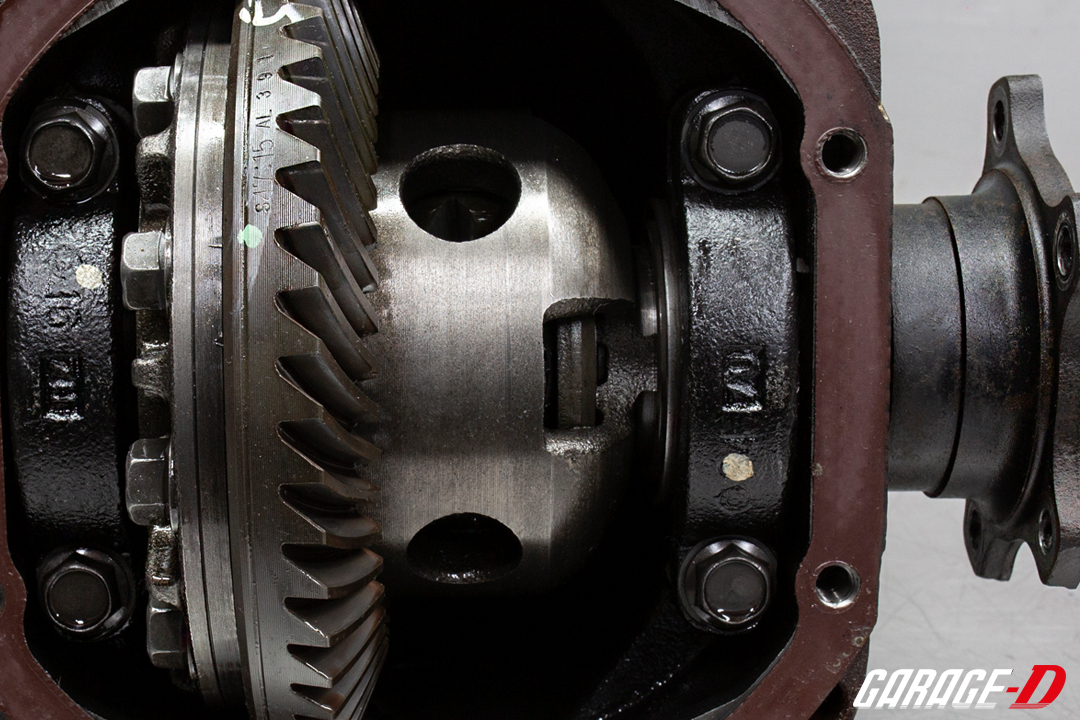
Viscous L.S.D
Many Nissans came from factory with a Viscous LSD (VLSD) which relies on a viscous (fluid) coupling to transfer power between wheels. When new they can work ok, however with use and age wear out and become unpredictable, to be honest these are best avoided.
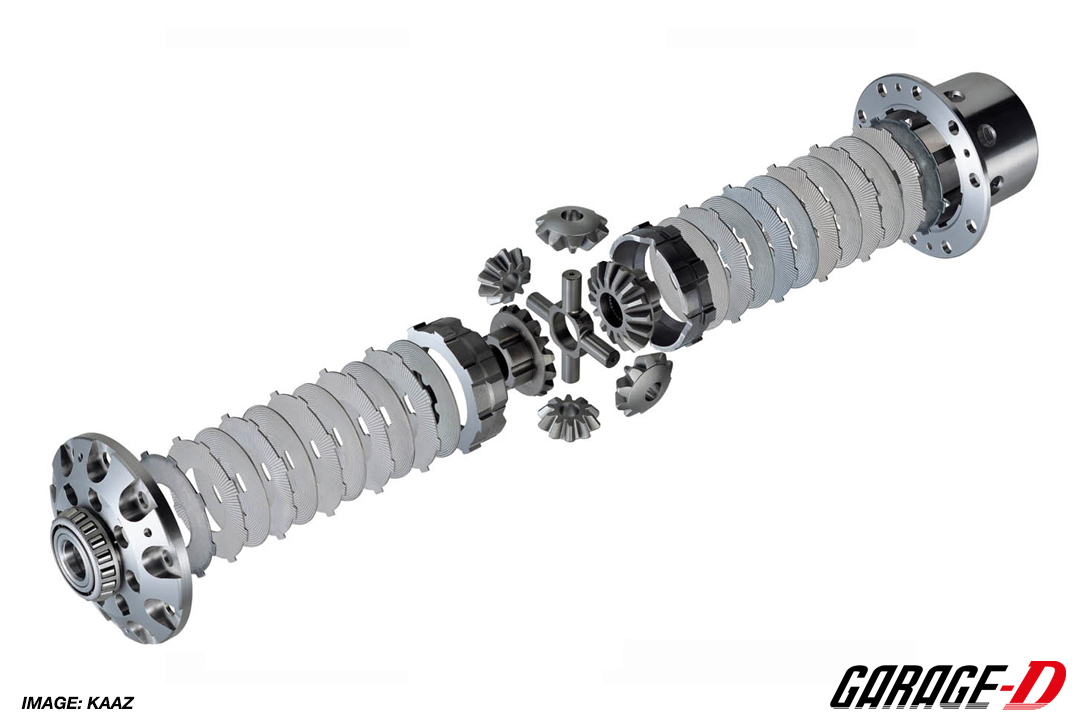
Mechanical Clutch Type L.S.D
A clutch plate type differential as the name suggests uses clutch packs inside. Under acceleration, these clutch packs are squeezed together, which locks the differential. Because these clutch packs are locking the wheels together, even if a wheel lifts the differential will remain locked and provide traction when accelerating out of a corner. These types of L.S.D can be found as standard in cars such as the Nissan Skyline GT-R (R32/R33/R34) and but have less clutch packs than an aftermarket L.S.D meaning they’re not as aggressive in their locking capabilities but are still a big improvement over an open differential. Due to age and wear we often carry out overhauls on these types of L.S.D and can even upgrade them to lock harder providing even more traction.
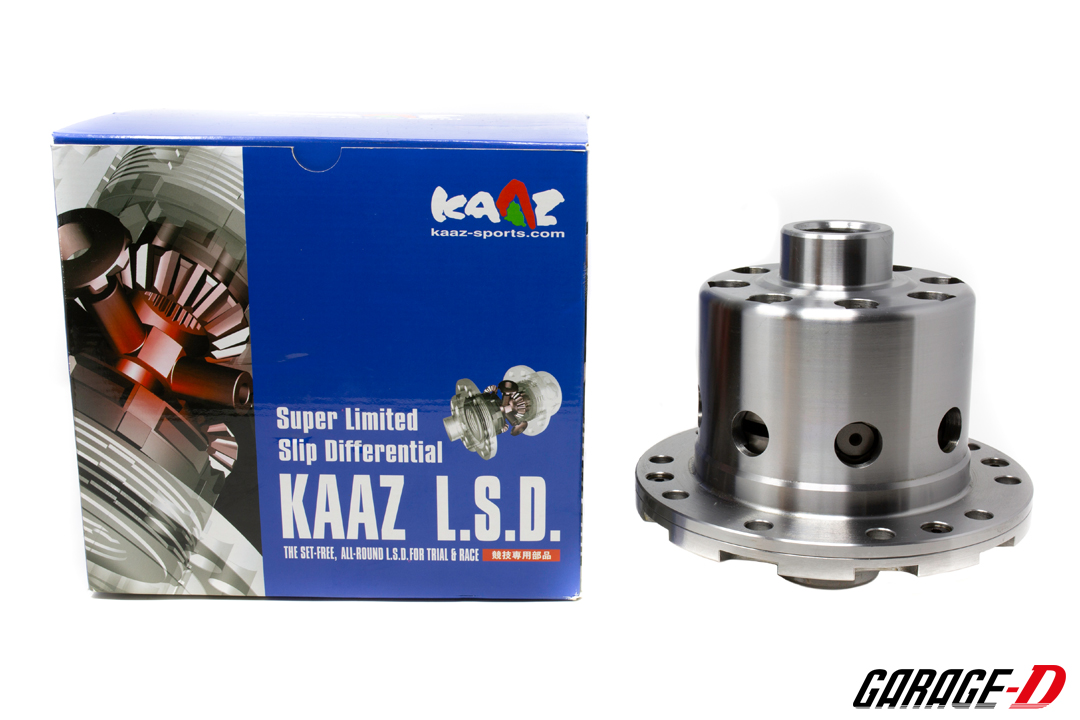
Aftermarket L.S.Ds
If you’re looking for the ultimate upgrade to your differential then an aftermarket clutch type L.S.D might be what you’re looking for. We stock a wide range of brands such as KAAZ, CUSCO, OS GIKEN, NISMO and many more. These L.S.Ds feature many more clutch plates and more aggressive ramp angles offering much stronger locking capabilities and adjustability so you can have your L.S.D setup to suit your driving style.
Most aftermarket brands offer 3 types of L.S.D such as:
1-WAY - A 1-Way L.S.D only applies the locking effect on acceleration. These L.S.Ds are mainly recommended for FWD cars and we would avoid if your intention is to use the car for drifting as the L.S.D will act like an open differential on deceleration (off throttle in gear).
1.5-WAY - The 1.5 way is a middle ground between a 1-way and 2-way L.S.D, this means it will lock 100% on accel and 50% on deccel. This is a great option for cars that are used on both street and circuit for drifting and grip driving.
2-WAY - This type of L.S.D will lock 100% on accel and deccel (but open off power). We recommend these types of L.S.Ds for drivers using their cars for drifting as they provide the most aggressive locking characteristics.
It’s worth bearing in mind an L.S.D is a complicated mechanical component and will require regular servicing with specialist oils to ensure smooth functioning and reliability.
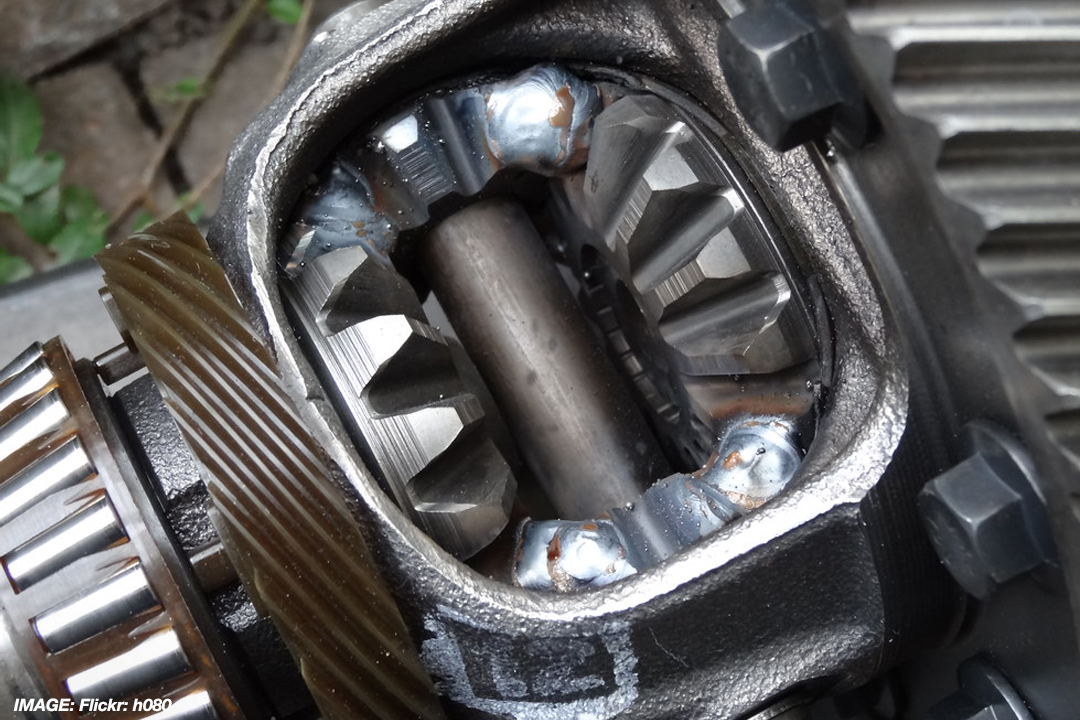
Welded differential
A welded differential is when the spider gears inside an open differential are welded together, resulting in a permanently locked diff. Often used as a cheaper alternative than an L.S.D for drift cars which for learning to drift on a budget however they can tend to be rougher to live with on the street when parking or very slow cornering due to the rear wheels turning at the same rate constantly - skipping, clonking sounds and odd looks are a byproduct!
Any type of locking differential will be prone to some level of noise including the 1.5-Way and 2-Way variants. The majority of aftermarket L.S.Ds such as Kaaz and Cusco often have smoother quieter mechanical LSD options (such as the Kaaz Super-Q) aimed at road cars.
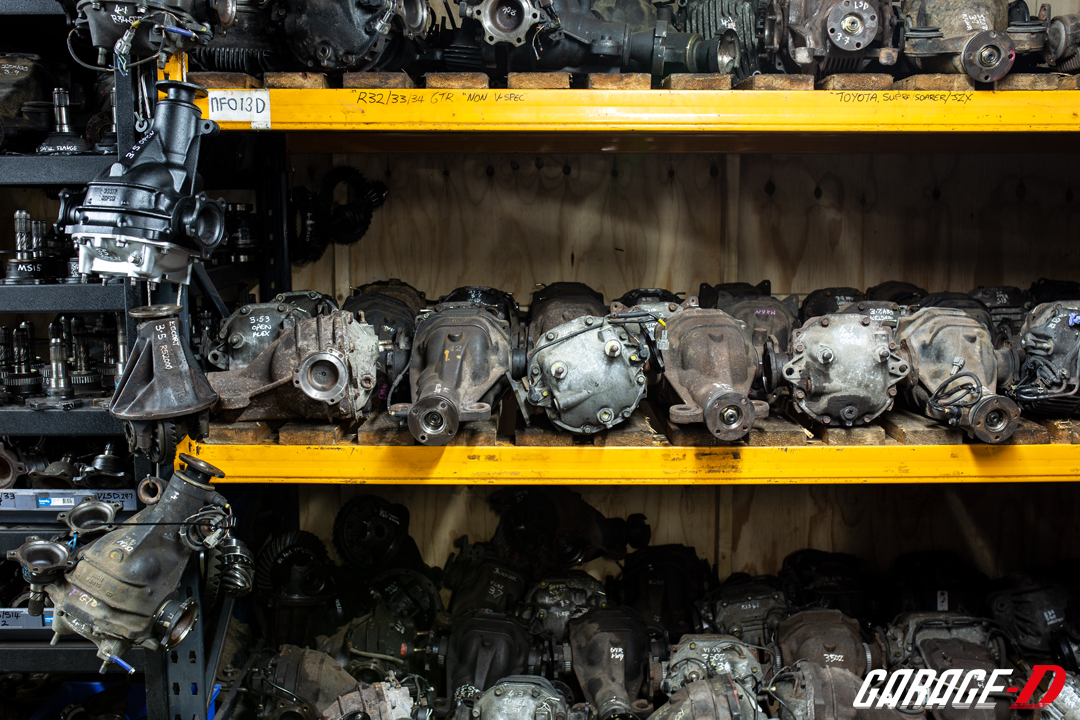
Something we have become increasingly known for over recent years is selling, building and fitting Nissan and Toyota differentials.
We keep over 100 diffs in stock, these can be purchased outright or we can take your old diff in exchange. Many diffs purchased from us are built up specifically to suit the customer’s needs.
At a first look these can be relatively straight forward, for example most of the Nissan diffs we deal with (Skyline/GTR/Silvia etc) are referred to as R200, some people therefore believe that they are all interchangeable, unfortunately this is not the case. There are numerous differences among these diffs, including:
- Mounting hole sizes.
- Input flange bolt pattern and lengths.
- ABS Sensors.
- Ratio.
- Output flange bolt pattern.
- Output flange spline diameter/length/circlip position.
- Crownwheel bolt size.
- LSD type, viscous, torsen, plate etc.
- LSD offset.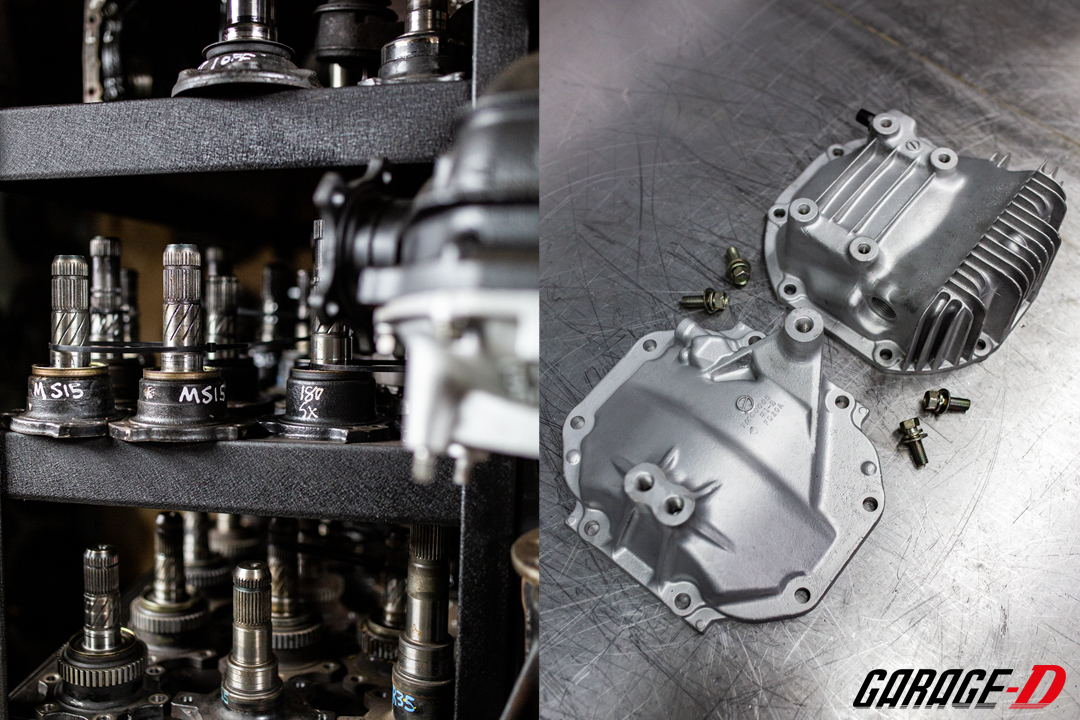
When buying a new LSD to fit in to your diff it is important to know the exact details to ensure correct fitment. Unfortunately many application guides are either vague or even incorrect. It is not uncommon for a customer to bring us an aftermarket LSD to fit to their diff, only to find for example that their diff uses different spline size output flanges so does not fit. Luckily we keep a wide range of spares in stock so can usually find a solution for the customer.
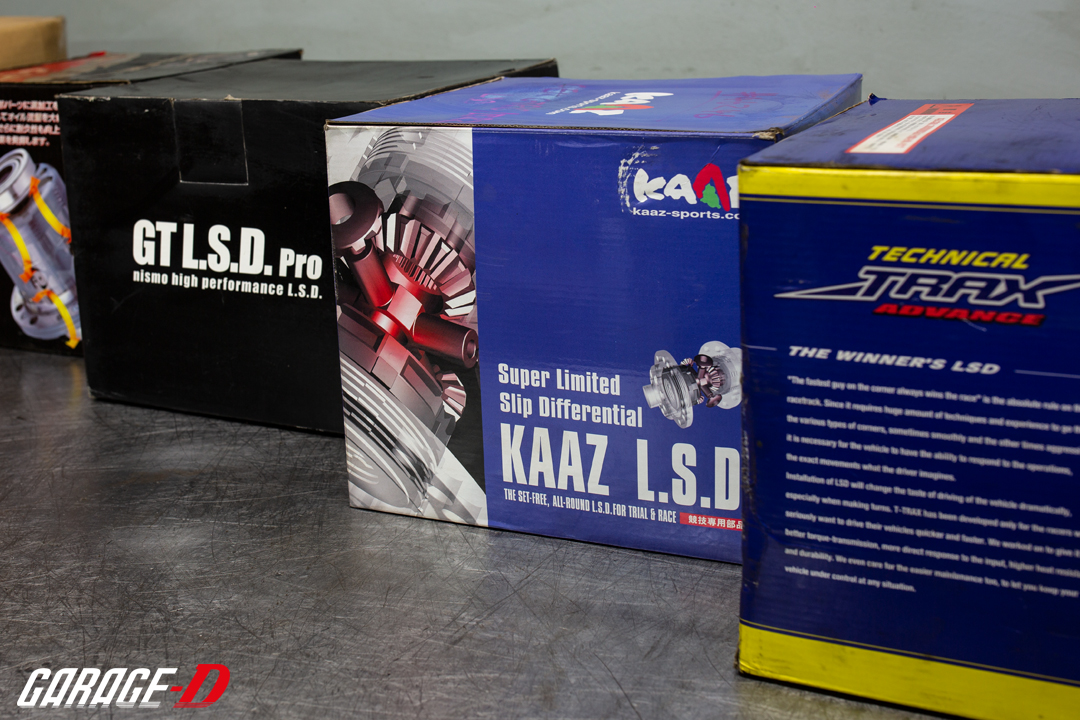
To avoid this though we keep a wide range of LSD’s (new and used) on the shelf so can supply and fit the correct LSD to your application. We keep and can order Kaaz, Nismo, OS Giken, Cusco plus many more.
Installation of LSD’s and all work inside differentials must be done by a professional.
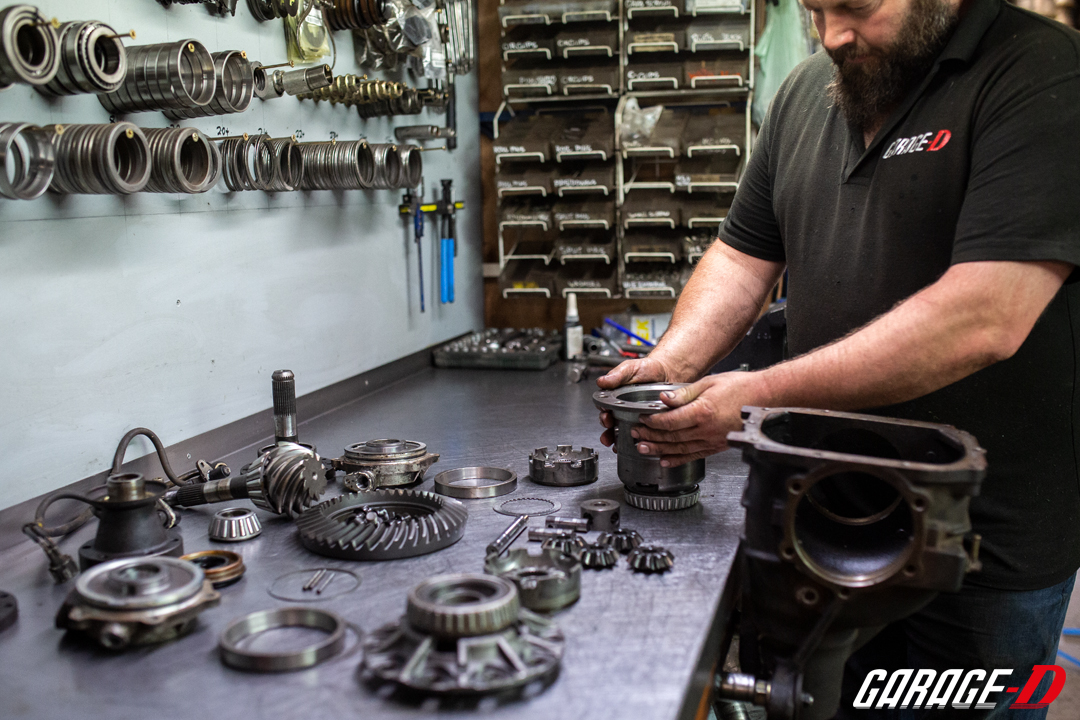
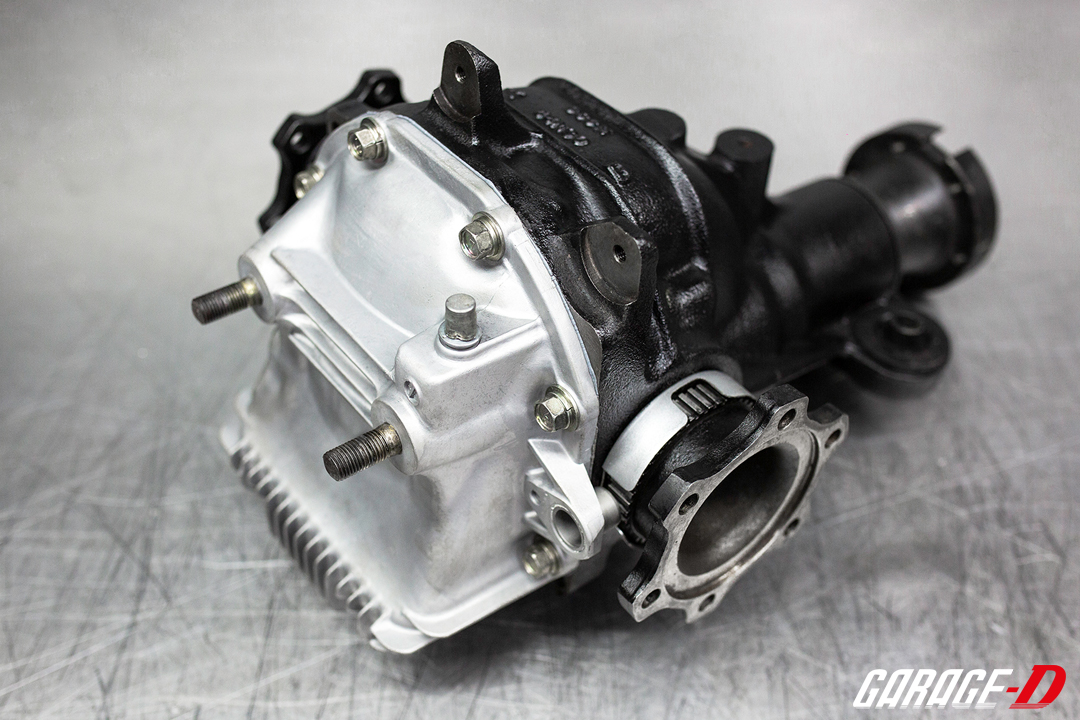
For all your differential builds and upgrades, email us at: info@garage-d.com or call us on 01923 251588.
-
Continue Reading »
For over 10 years now Garage-D has been maintaining and upgrading the S15 6 speed gearboxes. With the knowledge we’ve accumulated over the years we have discovered the various issues these gearboxes face and what can be done to fix and keep them reliable.
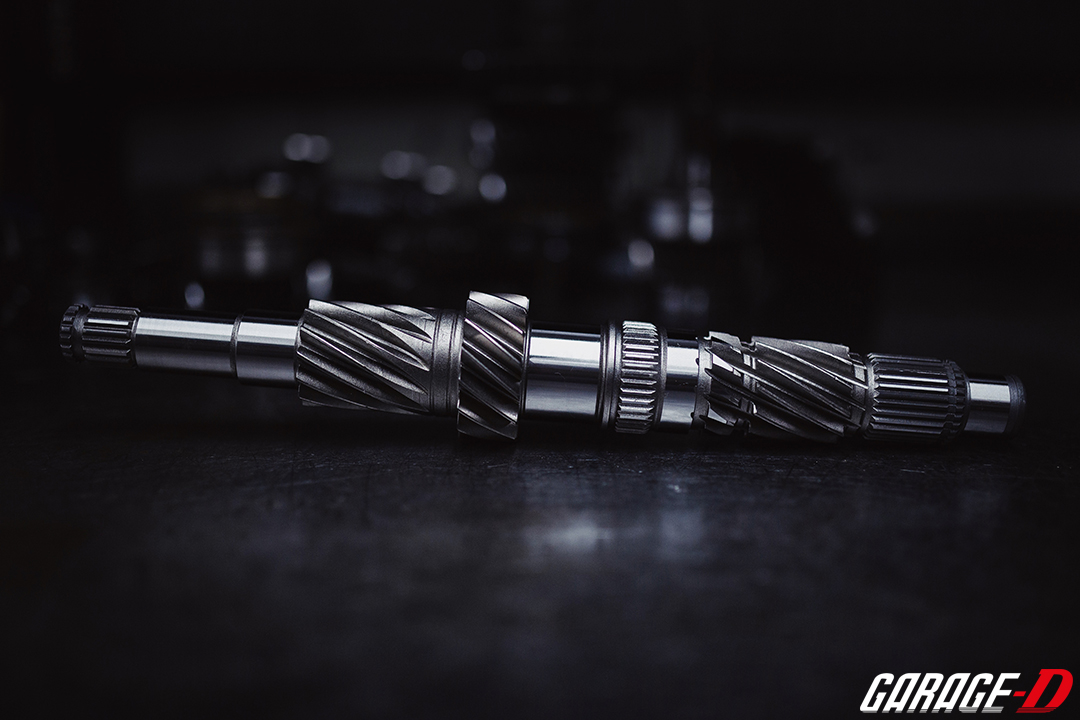
The first general sign of S15 gearbox troubles is 3rd and 4th gears becoming difficult to select, this is a result of the locating circlip on the layshaft coming away and allowing the gears to move when trying to select gear. As these move they cause damage which shortly leads to terminal failure, which renders the gearbox scrap.
Using a leading gearbox manufacturer, we modify the layshaft and upgrade the circlip to a locking collar type of location as generally would be used in other high performance gearboxes.
We have noticed that even on low mileage virgin cars that the 6 speed box may commonly suffer from a noisy input shaft, people have thought their gearbox was on its way out when they start to hear a slight whine when their foot is off the clutch pedal but disappears when the clutch pedal is pressed down. This doesn’t affect reliability as it generally is down to the fact that these boxes are designed for a lighter grade of oil and a dual mass flywheel which many people replace for a solid version.
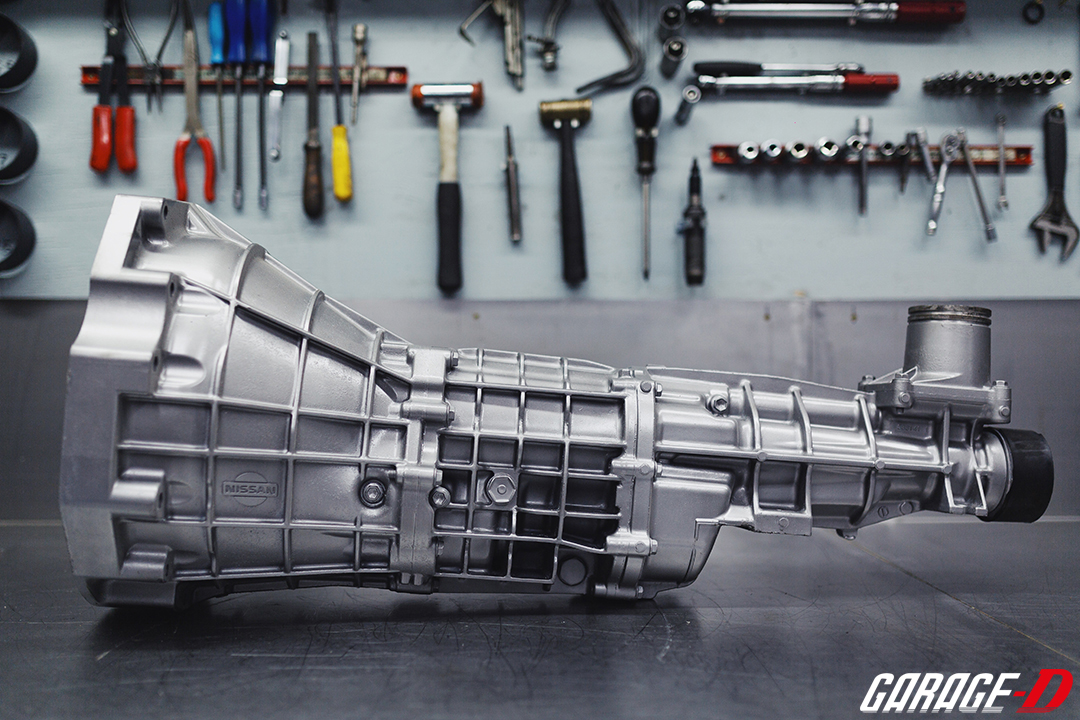
It is worth noting that our S15 gearbox modification is more of a preventive modification rather than a strength upgrade. S15 gearboxes generally fail from a combination of mileage and gear shifts rather than overall power, however heading towards 400bhp (flywheel) it is the combination of torque and clutch choice that will lead to gear failure which again renders the gearbox scrap. From here we recommend the Garage-D bolt in Nissan Skyline RB25 gearbox conversion which we can also supply all parts for including adapter kit - https://garage-d.com/sr-rb-gearbox-adaptor-plate.html
General lead time to carry out this modification to your S15 gearbox is 2-4 weeks. When being done, we fully inspect the complete gearbox so should you have any other issues (synchro etc), this can be addressed at the same time.
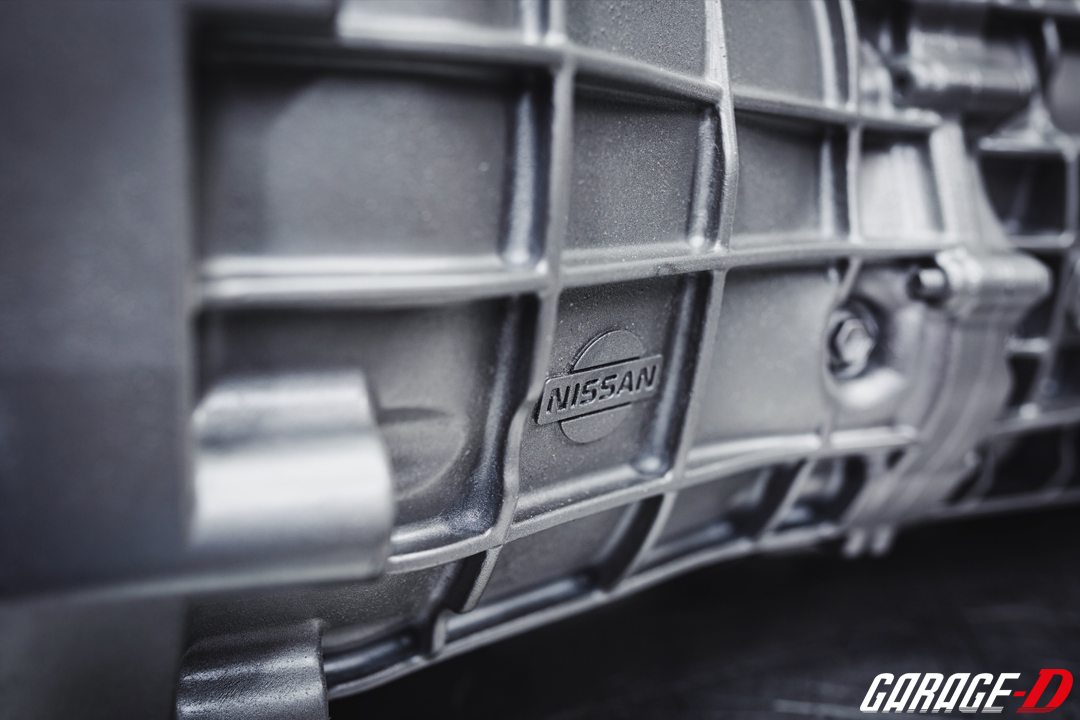
Alternatively, we do stock gearboxes with this modification already carried out, however we only do these on a supply and fit basis taking your old gearbox in exchange. This is to ensure the gearbox we are taking in exchange is in good order and that the replacement gearbox is fitted correctly.
Pricing starts from just £550 +vat. Contact us for more information.
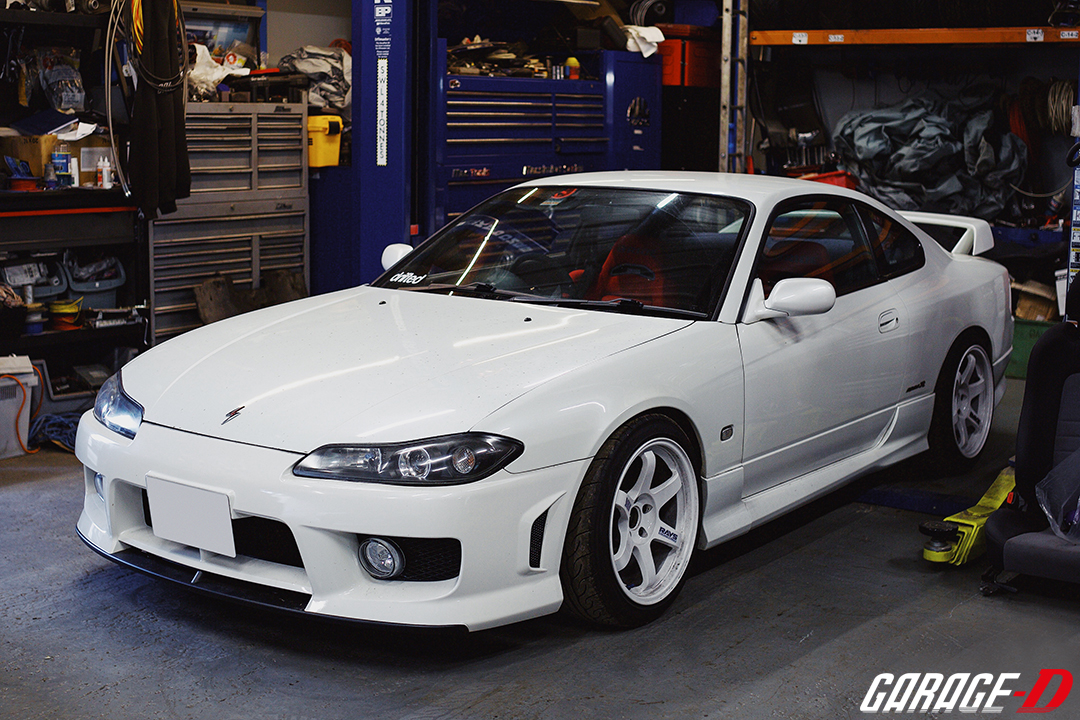
As a fully equipped workshop, we offer a fitting service on all of these options, please enquire for further details.
We also carry in stock:
- A wide range of clutch kits
- Our recommended gearbox oil
- Replacement / upgraded engine and gearbox mounts
- 1000’s of other new and used Nissan Silvia parts
